
Weathering 8 8 0 Weathering Learning Intentions You
Biological weathering occurs when plants break up rocks with roots or root exudates. The process is slow, but may strongly influence landscape formation. Biological weathering increases with soil thickness until optima for biotic activity are reached, but decreases when soils get thicker and biotic activity has less influence on weathering.

Geology Chemical weathering, 6th grade science, Earth science
As its name suggests, biological weathering is a type of weathering brought about by various activities of living organisms.

02 types of weathering
Last updated 22 Mar 2021 Share : Weathering is the breakdown of rocks in situ. There are three types of weathering; physical, chemical and biological. The rate that weathering occurs at will depend on the rock type, the climate and the relief. Physical weathering Physical weathering is also known as mechanical weathering.

Biological weathering Biological weathering, Plant roots, Animal action
There are three types of weathering: mechanical, biological, and chemical. Mechanical weathering is caused by wind, sand, rain, freezing, thawing, and other natural forces that can physically alter rock. Biological weathering is caused by the actions of plants and animals as they grow, nest, and burrow. Chemical weathering occurs when rocks.
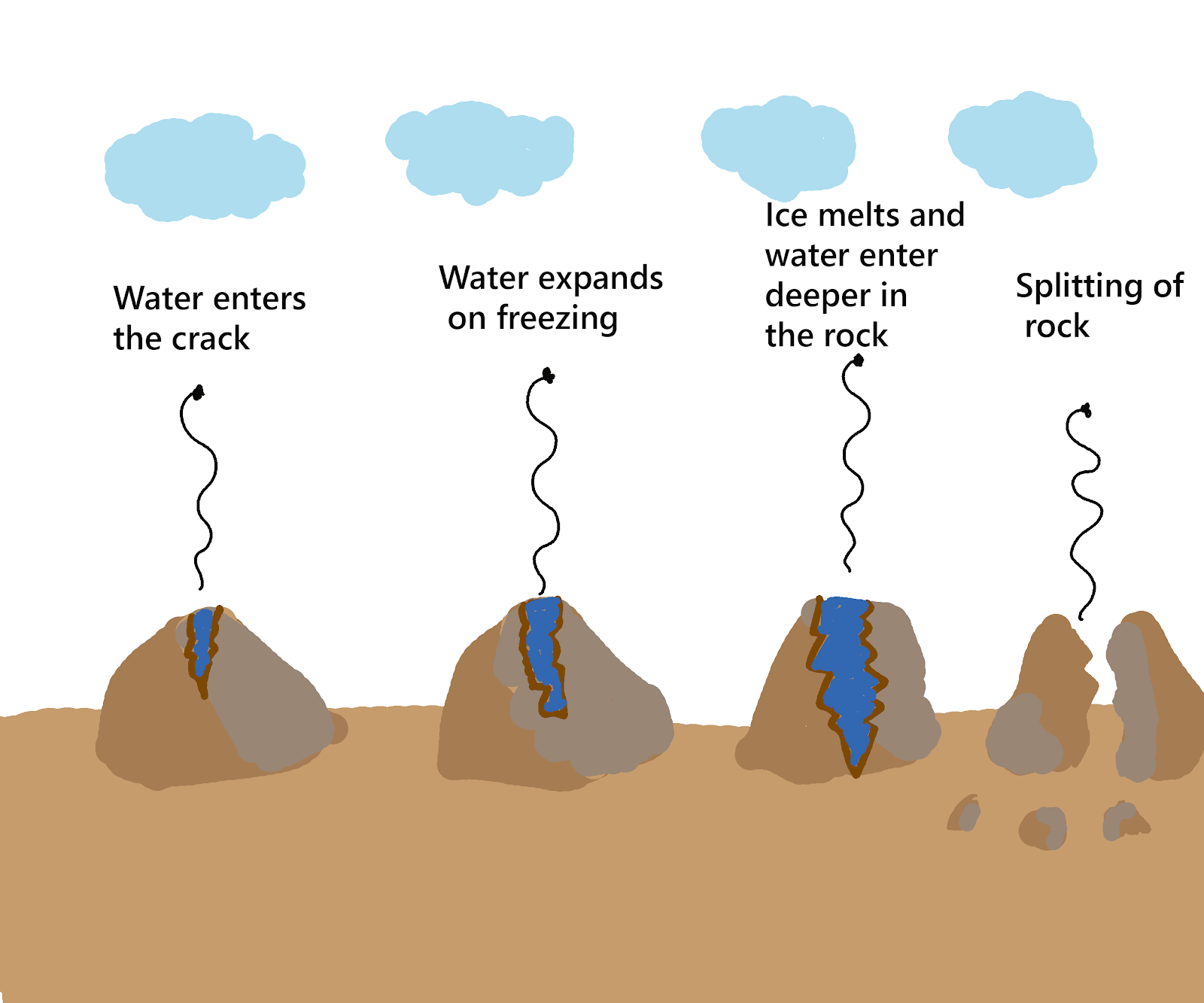
Coastal Transportation and Deposition GCSE Geography Revision Notes
Biological Weathering. Living organisms contribute to the weathering process in many ways: Trees put down roots through joints or cracks in the rock in order to find moisture. As the tree grows, the roots gradually prize the rock apart. Many animals, such as these Piddock shells, bore into rocks for protection either by scraping away the grains.
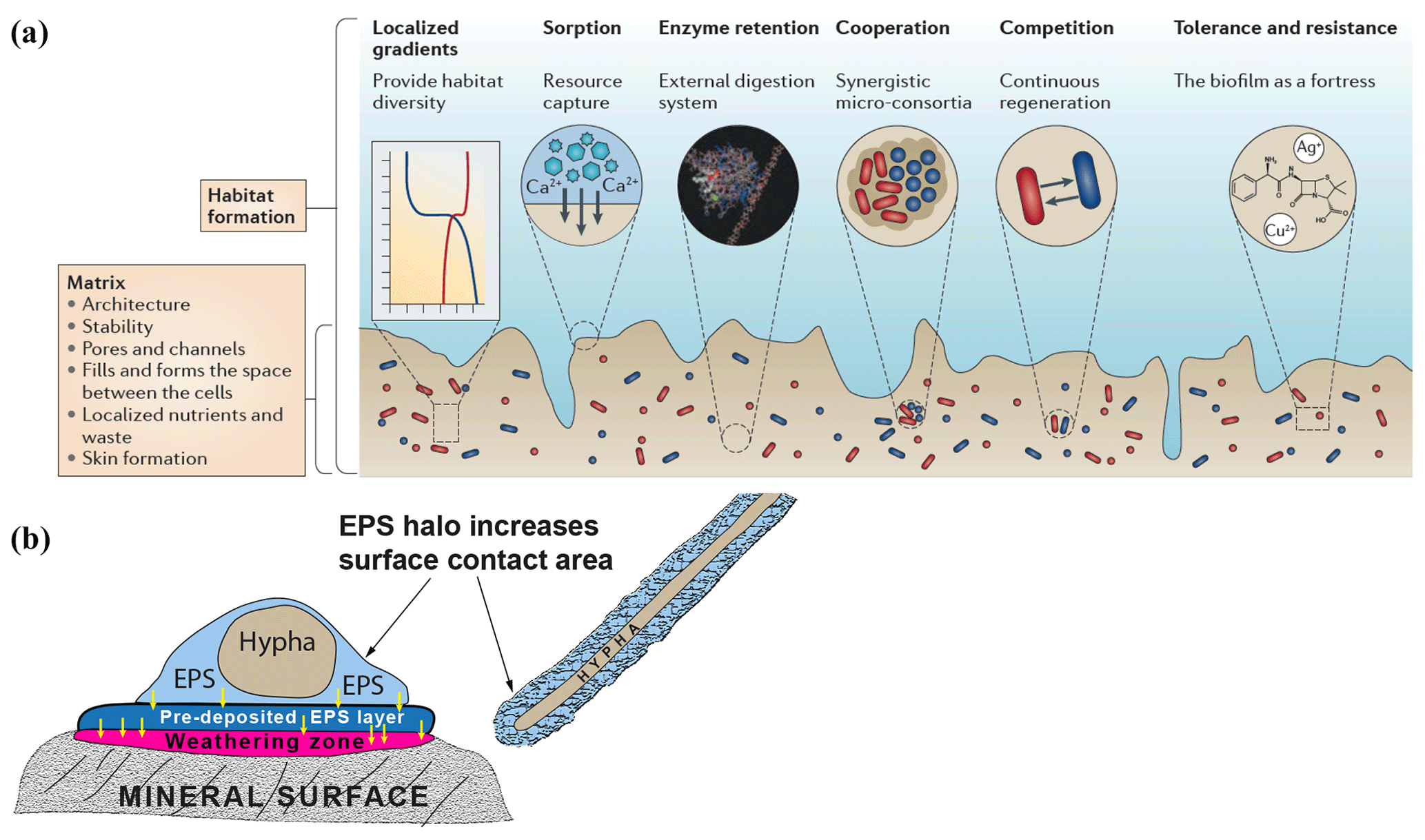
BG Reviews and syntheses Biological weathering and its consequences at different spatial
weathering , erosion and large earth movements. The rocks are gradually recycled over millions of years, changing between the different rock types. This recycling of rocks is a process called the.

Types Of Chemical Weathering Processes slide share
Biological weathering only refers to weathering caused by organisms -- animals, plants, fungi and microorganisms such as bacteria. While certain forms of biological weathering, such as the breaking of rock by tree roots, are sometimes categorized as either physical or chemical, biological weathering can be either physical or chemical.
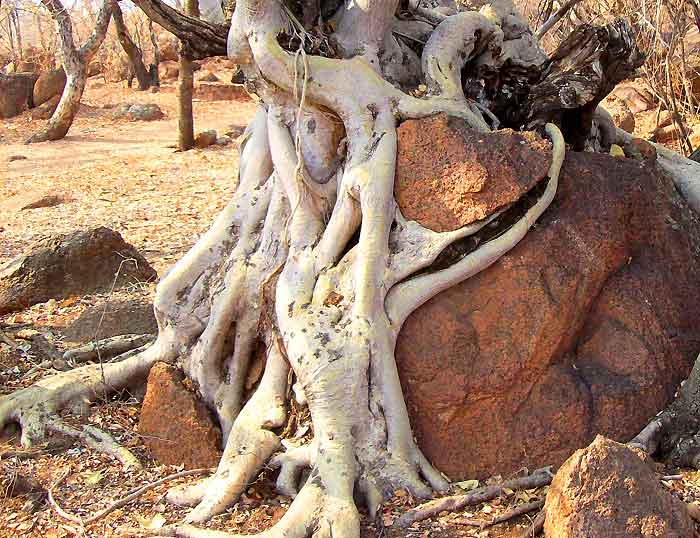
Biological Weathering Definition, Process, Types & Examples
Biological Activity/Root Wedging: Weathering processes can happen due to the activity of living organisms. Burrowing animals can break rocks and stir sediments causing physical weathering. Animals that burrow can also bring fresh material to the surface where physical and chemical weathering can work more efficiently. Plant roots in search of.

How Does Biological Weathering Happen? HubPages
Biological weathering. Plants and animals can also have an effect on rocks. Roots burrow down, weakening the structure of the rock until it breaks away.
/examples-of-chemical-weathering-607608_FINAL-54f8c4d63ed94e0eab454dc5e96cabff.png)
4 Types and Examples of Chemical Weathering
biological weathering root wedging animal burrowing. Frost Wedging A diagram displaying the steps of frost wedging One type of physical weathering is frost wedging. Frost wedging occurs when liquid water seeps into pores and small cracks in the earth and expands when it freezes. This causes the cracks to enlarge.
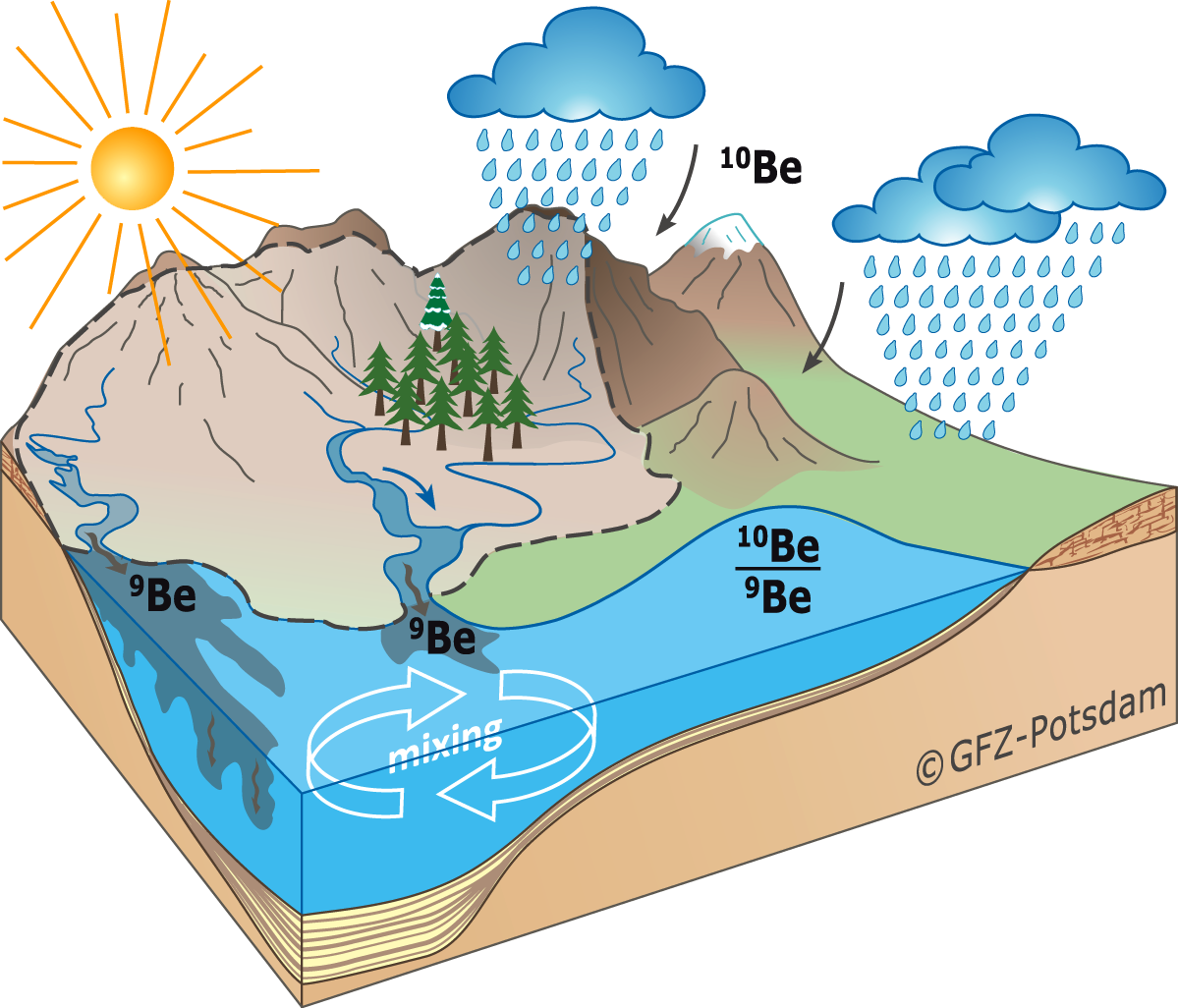
Weathering and river discharge surprisingly constant during Ice Age cycles
What are the biological processes of weathering? | American Geosciences Institute What are the biological processes of weathering? Living things also help form soil. Once rock is weathered into smaller particles, microorganisms and small plants begin to establish themselves there.
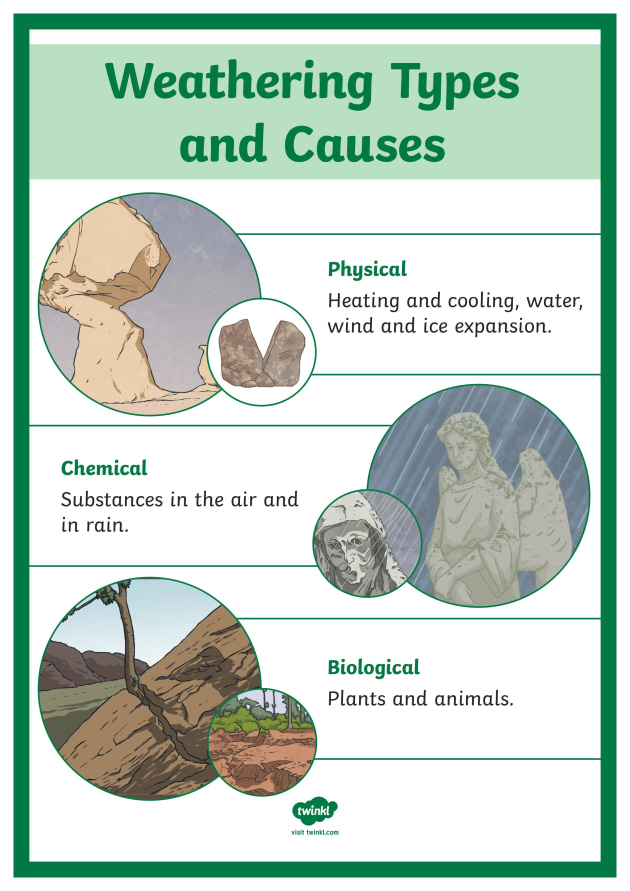
Freeze Thaw Weathering Geography Wiki Beyond Twinkl
Humans Biological Weathering Causes 1. Roots Of Plants Some trees grow inside of rocks, which aids in biological weathering. Roots of plants and trees delve into the soil in quest of moisture and nutrients. The joints or cracks in the rocks are traversed by the roots as they move through the soil, gradually rupturing the rock.

PPT Coastal erosion processes PowerPoint Presentation, free download ID2049508
(1) Physical weathering, (2) Chemical weathering, and (3) Biological weathering or biogeochemical weathering. 1. Physical Weathering: Physical weathering of rocks is a mechanical process which is brought about by a number of factors, such as: ADVERTISEMENTS: (A) Temperature, (B) Water, (C) Wind. (A) Temperature:

Figure 1 from Biological weathering and its consequences at different spatial levels from
Biological weathering occurs via the development of biofilm on biochar's surface,80 which can alter the performance of biochar in removing contaminants. 39 Biofilm is defined as a broad community of microorganisms-single or multiple species of gram-positive and/or gram-negative bacteria-that grows irreversibly attached to a surface depending on.

Groningen RKCBlauwe haai [39+] Weathering Definition Geography Gcse
Biological Weathering is the term used to describe the tearing away of rock surface caused by animals and plants. Lichens (organisms comprised of fungi and algae), bacteria and mosses live on and feed on rocks constantly altering the structure of the rock.

Environment and Geology Beautiful Weathering structure on the rocks around Ranchi city, India.
Updated on February 11, 2019. Organic weathering, also called bioweathering or biological weathering, is the general name for biological processes of weathering that break down rocks. This includes the physical penetration and growth of roots and digging activities of animals ( bioturbation ), as well as the action of lichens and moss on.